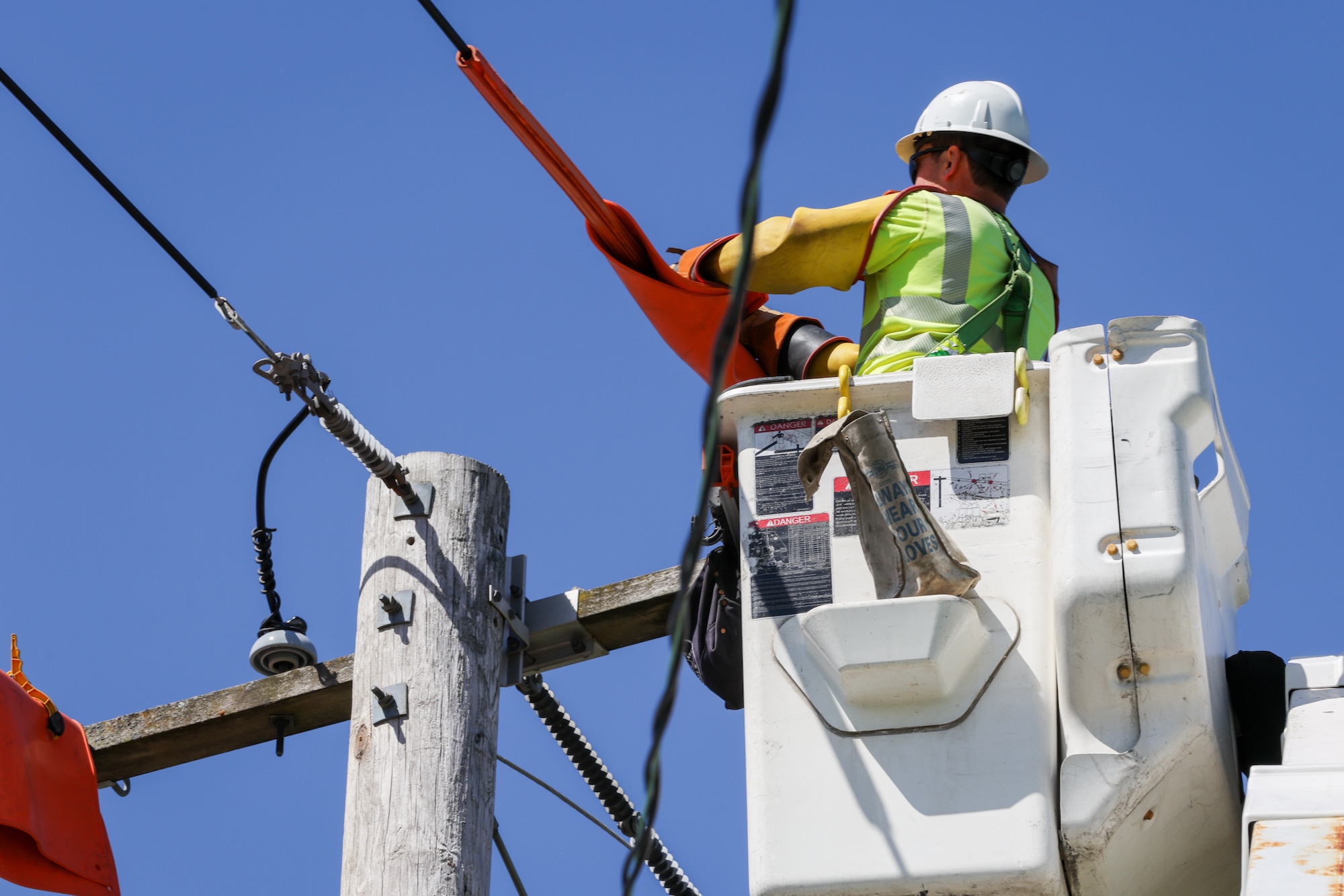CHICAGO — Heatwaves aren’t the only thing that have driven up ComEd bills this summer.
Electricity rates went up this summer thanks, in part, to increasing demand for electrical power brought on by the explosion of artificial intelligence — and their required data centers — across the country, experts said.
Companies that provide cloud computing and artificial intelligence services — including Google; Meta, formerly Facebook; Amazon and Microsoft — are pushing most of that growth in electrical demand, said Andrew Chien, professor of computer science at the University of Chicago and senior scientist at Argonne National Lab.
While the use of cloud computing services for things like file storage has increased, artificial intelligence is the “driver for the majority of new data center growth, and therefore power demand increase,” Chien said. Artificial intelligence systems require specific data centers with even greater power capacity to handle complex inquiries from platforms like ChatGPT.
With demand surging, ComEd’s price for electricity jumped by about 45 percent this summer compared to last summer, according to the Citizens Utility Board. The price jump this summer means the average ComEd customer will pay an extra $11 per month through May, the utility watchdog group reported.
Data centers’ impact on power bills is already evident — and there are no signs the centers’ demand for energy is slowing down.
“Nationally, it’s widely expected that the power consumption of data centers will have doubled in a two year period, from 2024 to 2026,” Chien said. “And the amazing thing is, it’s going from a lower base of 1 percent of the electricity in the United States to that now being projected to be 8-12 percent of the electricity in the United States by the end of the decade. So it’s doubling again and again in that period.”
Chicago As A Data Center Hub
As a utility company, ComEd buys its power from PJM Interconnection, which operates the electric grid in all or parts of 13 states and Washington, D.C.
When PJM held its annual power capacity auction in July, the prices shot up for everyone due to the expectation of increased power demand, including from ComEd customers. PJM noted after its July auction that data center expansion was driving the year-over-year increase in electricity demand.
“That’s a complicated way of saying when there’s more customers and more consumption, there’s more demand and contention for the supply,” Chien said. “So market prices go up.”
And in Chicago, there are plenty of data centers needing electricity.
Chicago’s urban density and concentration of businesses make it a significant region for data centers. The Great Lakes region’s cooler climate and abundant water supply have drawn data centers since the servers require tons of energy for cooling, so milder climates reduce the need for power, said Christelle Khalaf, associate director at the Government Finance Research Center at the University of Illinois Chicago.
Still, Chicago’s data center concentration is nothing in comparison to other areas like northern Virginia, often referred to as “data center alley,” or parts of Texas.
There are more than 187 data centers operating in Illinois, according to a 2024 report from data analytics firm Landgate, which focuses on the real estate and energy industries.
But ComEd officials say the current price hikes are not due to data centers just yet.
“We are not currently seeing spikes today in electricity usage in our northern Illinois region that are attributable to data centers,” a ComEd spokesperson wrote in an email to Block Club. “In fact, most of the data centers are behind their projected load ramp schedules. What we are seeing is significant future projected demand, and that drives capacity costs.”

Efforts To Make Data Centers Pay Up
Some utilities, including ComEd, are responding to the energy demand growth by proposing rate structures to better shield customers, Khalaf said.
In Ohio, energy provider American Electric Power has proposed that large data centers pay more for their energy needs, regardless of if their use meets those projected needs. Regulators have also recently ruled that data centers must contribute more for grid upgrades, Khalaf said.
“Across the U.S., utilities are exploring rate designs like large-load tariffs and clean-energy transition tariffs to ensure high-usage customers such as data centers bear a fairer share of costs,” Khalaf said.
A few other factors are driving up utility bills this summer, including the high price of natural gas. The United States once had a surplus of natural gas, but now exports of the resource are surging. That constricted the domestic supply and forced the price to go up.
This year’s weather has also increased the load on the grid, which directly drives up prices in the immediate term.
“But it has a worse, longer-term effect, because the longer-term effect is now all of your estimates for how much generation you’re going to need in the future have gone up,” Chien said, adding that climate change-driven fluctuations mean operators must plan for the grid to take on a higher load, which leads to higher prices at the capacity auctions.
While a recent TikTok blamed a pause on building nuclear reactors in Illinois for the utility bill sticker shock, experts note that’s not the case. In fact, Illinois is the country’s top nuclear power generator and has the most reactors, with 11 across the state, according to the U.S. Energy Information Administration. In 2019, Illinois generated 54 percent of its in-state electricity from nuclear power.
Listen to the Block Club Chicago podcast:

Search Results placeholder
